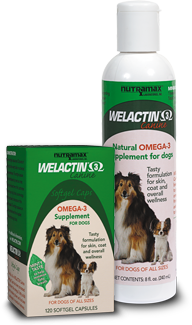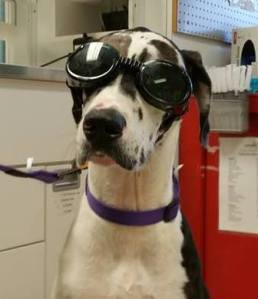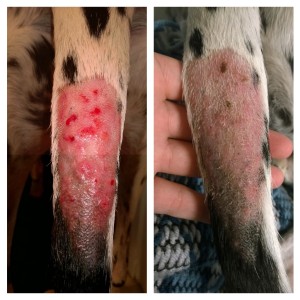
The holiday season is upon us.
I know. I know. It is only September. But as our retail friends tell us, Halloween, Thanksgiving, and even
Christmas are happening soon. Starbucks has hooked many of us again this year with the pumpkin spice
latte and my house is flooded with apple cider, apple pie, pumpkin pie, pumpkin pretzels, pumpkin
cupcakes, and so on. As I gear up for another season of warm, figure-forgiving sweaters and eating until
I drop, I think about my patients that also have expanding waist lines.
Many of us think of overweight pets as cute, pudgy, pleasantly plump, or big-boned. Social media is full
of pictures and memes of these pets and we think nothing of it. The truth, however, is that our pets can
suffer many of the same weight-related illnesses that we find commonly in human medicine. These
illnesses include: Generalized Inflammation and Painful Joints, Diabetes (high blood sugar), High Blood
Pressure, Heart and Lung Disease, Knee Injury, Kidney Disease, and Cancer. Increased weight has also
been noted to decrease pet life expectancy by up to 2.5 years (~15-30% of a pet’s lifespan).
According to the Association for Pet Obesity Prevention in a 2014 study, approximately 57.9% of cats
and 52.7% of dogs are overweight or obese. That means that if you have two pets, one will most likely
be considered overweight. In addition to these startling findings, the study also found a gap between a
pet’s actual body condition and the owner’s perception of the pet’s weight. Ninety percent of cat
owners and 95% of dog owners felt that their pets were normal weight, when they were clinically
overweight. There is also an increasing amount of pets in the obese category (greater than 30% of ideal
body weight). For comparison, that would be an adult human whose ideal weight is 150 pounds,
weighing over 195 pounds. That’s an extra 45 pounds!
We, as veterinarians, sometimes have difficulty talking to our clients about weight and weight-related
issues due to a number of reasons; most commonly, for me at least, is the fact that I don’t want to
offend my clients. I know that my clients bring their pets to me, because they care about the health and
well-being of their furry family members. My clients don’t try to cause pain or discomfort to their
beloved pets. So I often find it difficult to balance the realization that there is a health problem and the
sensitive communication needed to express the necessity for change.
Two main scenarios prevail as road-blocks to healthy weight communication: client behavior and client
health. First, many people feed their pets out of love and attention, which makes me the bearer of bad
news; threatening to break that bond. I need to work closely with my clients to give healthier options to
maintain the relationship. Second, weight is a delicate issue, in general, when, according to JAMA
Internal Medicine, two-thirds of Americans are now considered overweight or obese.
The bottom line is this. We can do better. I, as your veterinarian, can communicate your pet’s
nutritional needs and work closely on a plan to get your pet to a healthy and happy weight. You, as a
pet owner, can ask about nutrition. You can also be proactive about increasing exercise; either at home
or at our facility, via walks, play-times, and under water treadmill sessions. You can follow the
nutritional plan devised by your veterinarian closely; remembering that we are working together to give
your pet increased energy, mobility, and an overall, longer and happier life.
October 7 is National Pet Obesity Prevention Day. Please watch for our October specials, including
weight loss programs and promotions and call for an appointment to discuss your pet’s nutrition.
I hope you enjoy your holiday season and I’ll raise my sugar-free vanilla skim latte to you and your pet’s
health!
Dr. Spaar
To learn more, please visit the following sites:
“Inflammation is the new obesity”
http://veterinarybusiness.dvm360.com/inflammation-new-obesity?eid=222754848&bid=1173199
Pet weight statistics and weight loss tools
http://www.petobesityprevention.org/
Hill’s Metabolic Diet (our preferred weight-loss diet)
http://www.hillspet.com/metabolic-pet-food.html














